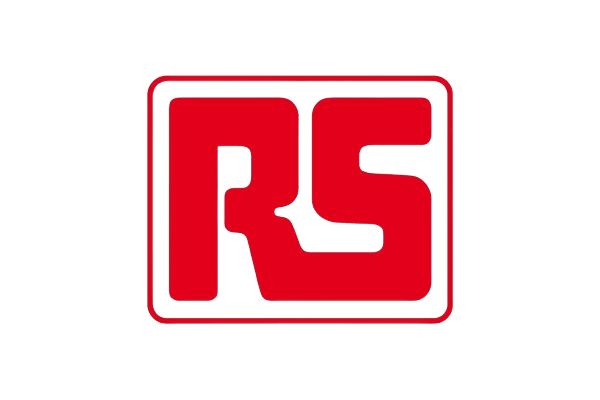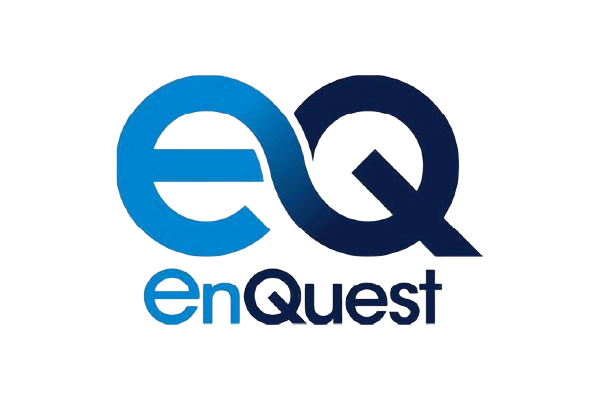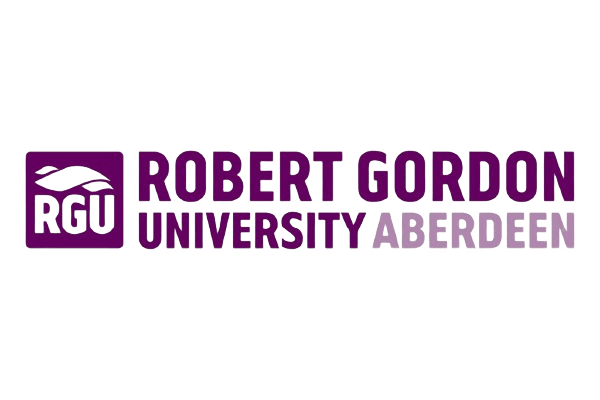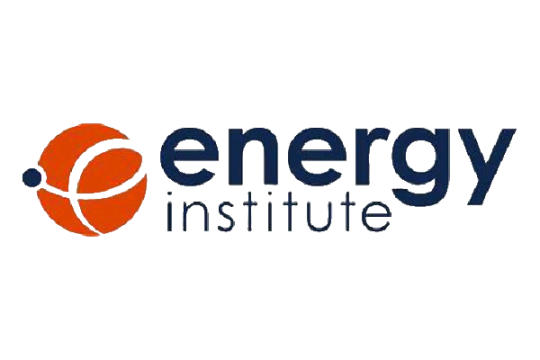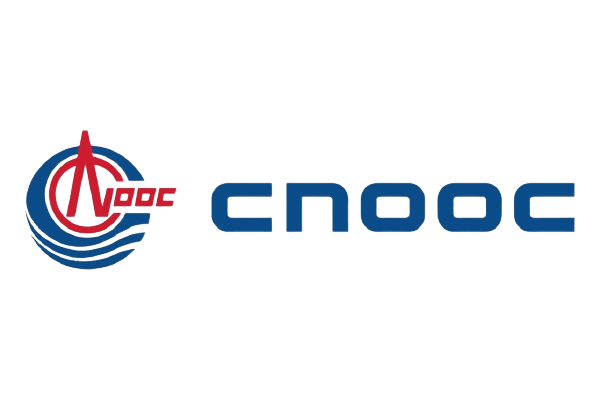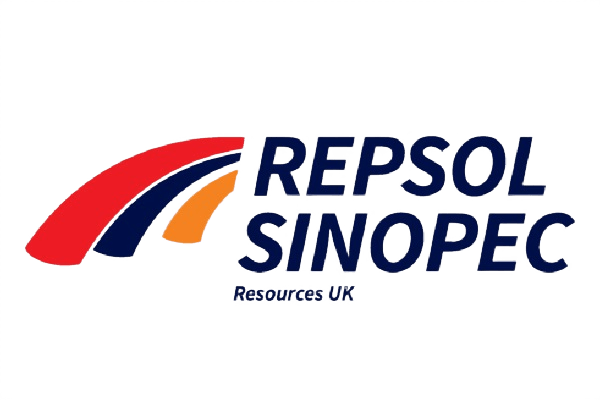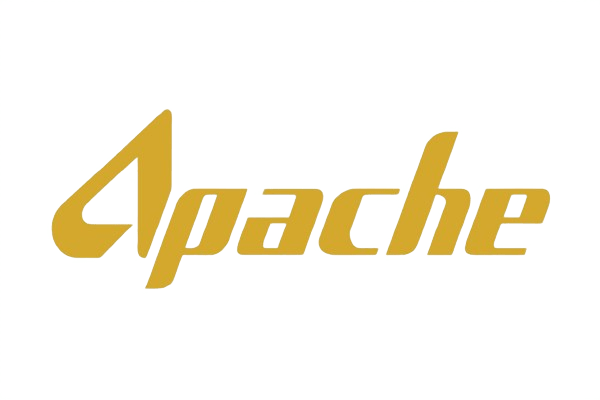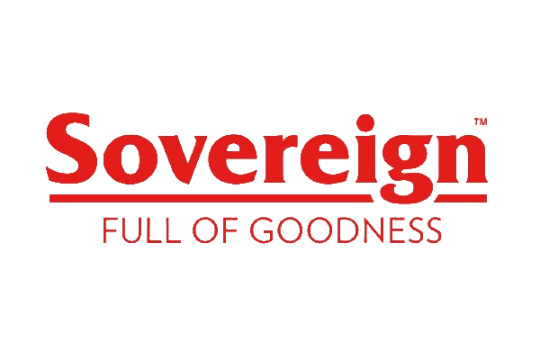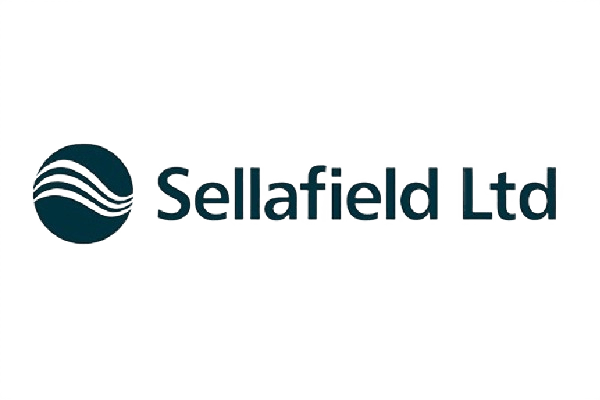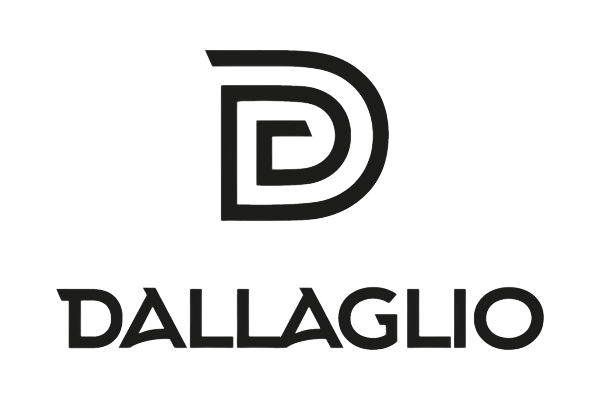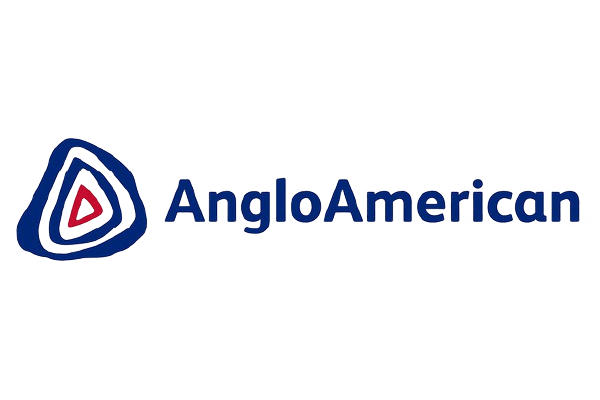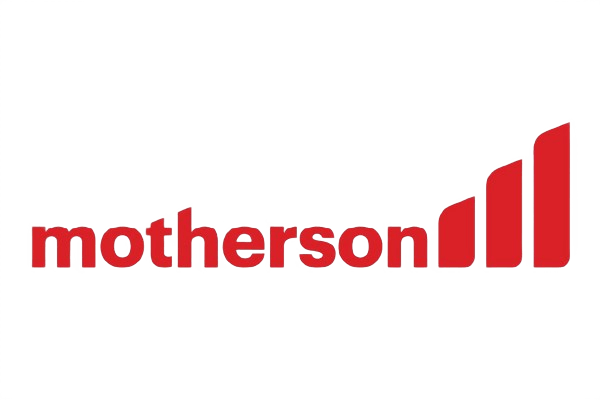Asset Management Policy or Philosophy provides the foundation or the framework based on which all the strategies are formulated. It is important to acknowledge that in addition to the main activity of the preventive maintenance plan development, the overall Asset Policy or Philosophy for the organization has to be defined in order for successful implementation of the maintenance plan. Optimal specializes in the development and optimization of asset care philosophies, and strategies as well as the development of asset and equipment care tactics. Our comprehensive portfolio of Asset Management solutions, including Supply Chain Performance, combined with our deep domain expertise has led to proven success with customers across the globe. We believe that an Asset Management Policy & Strategy which is developed through our process that is aligned to the international standards of the Institute of Asset Management and ISO will help optimize risk, cost, and output across your supply chain, asset, and production. An Asset Management Policy or Philosophy, as part of a well-integrated Asset Management System, is the cornerstone of a solid and complete asset management strategy. It serves as the basis for ensuring that the entire organization is aligned towards a combined target to enable the adoption of a collaborative approach to informed decision-making and ensure that the right decision is made at the right time. It does this by providing a set of well-defined guiding principles, intentions, goals, and methods for asset management so everyone feels confident in their choices and contributions to operations. For individuals and teams, the policy provides a template for decision-making so people can achieve the best possible outcomes for each task while meeting the organization’s goals. When applied as a core pillar of business, it acts as a mission statement.
The Institute of Asset Management (IAM) further documents the importance of the integration of Asset Management Strategy and Planning as part of their Asset Management anatomy, which demonstrates the interdependencies observed within ISO 55001 compliant organizations. Asset Management Strategy and Planning ensure alignment of an organization’s asset management outputs. When constructed and implemented effectively, this enables individuals within the organization to carry out asset management activities effectively and with traceable rationale, including continuous improvement in planning and implementation.
The approach to developing an Asset Management Policy as the basis for the overall ISO 55001 compliant Asset Management System is based on the relationship between key elements of an asset management system as laid out in ISO 55002. ISO 55000, ISO 55001, and ISO 55002 are the International Standards, which holistically outline best practices relating to an asset management system. Alignment with these standards allows organizations to improve the realization of value from their assets, establish and maintain continuous improvement of asset management systems, and optimize the full scope of their asset management activities. ISO 55001 specifies the requirements for an asset management system within the context of the organization and can be applied to all types of assets and organizations.
The individual needs of your organization are unique, requiring a bespoke solution that accommodates the nature and purpose of your organization, its operating context, constraints, and regulatory requirements, and your goals and future vision.
By performing a detailed gap analysis on your organization, we take the first step towards ISO 55001 certification. This analysis allows Optimal to determine key areas requiring action, and ultimately prioritize improvements in the form of a roadmap to facilitate the efficient transformation of systems and policies in line with requirements and as part of a quality-managed process aligned with ISO 9000 quality management standards, for which Optimal is certified as an organization.



